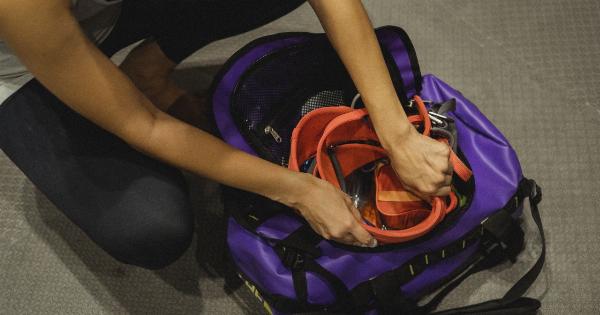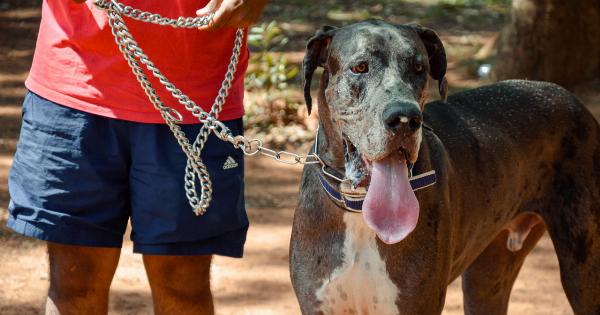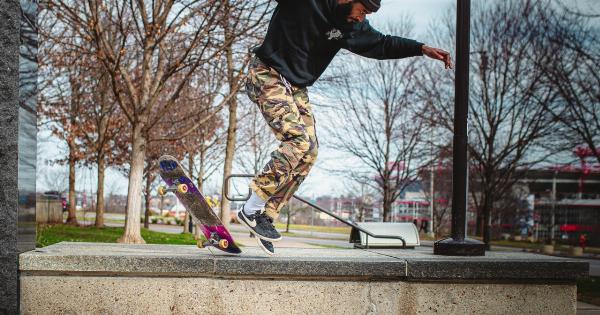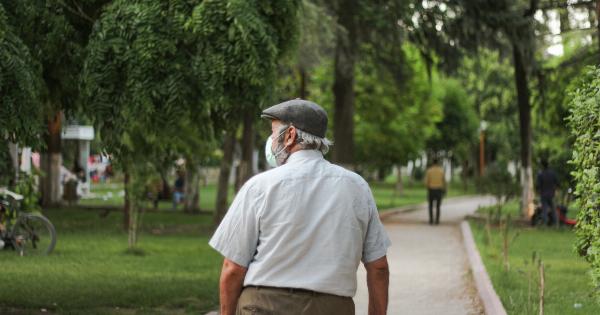As the summer heats up, it is important to be aware of the dangers of heat exhaustion. This condition occurs when the body overheats and is unable to cool down properly.
Heat exhaustion can be serious and even life-threatening if not identified and treated promptly. Understanding the symptoms of heat exhaustion is crucial in order to take the necessary steps to prevent further complications. In this article, we will explore the symptoms of heat exhaustion and discuss ways to stay safe in the heat.
What is Heat Exhaustion?
Heat exhaustion is a condition that occurs when the body gets overheated. This happens when the body is unable to cool itself down through sweating.
When exposed to high temperatures and humidity for an extended period, the body’s cooling systems can become overwhelmed, leading to heat exhaustion.
Recognizing the Symptoms
It is important to recognize the symptoms of heat exhaustion in order to take appropriate action. Some of the common symptoms include:.
- Excessive sweating
- Feeling lightheaded or dizzy
- Headache
- Nausea or vomiting
- Muscle cramps or weakness
- Fast and weak pulse
- Cool, clammy skin
- Feeling tired or fatigued
- Weakness
- Dark-colored urine
If you or someone you know is experiencing these symptoms, it is important to take immediate action to cool down and prevent further complications.
First Aid Measures
If you suspect someone is suffering from heat exhaustion, follow these first aid measures:.
- Move the person to a shaded or air-conditioned area.
- Encourage the person to drink cool water or a sports drink.
- Apply cool, wet cloths or ice packs to the person’s body.
- Have the person lie down and elevate their legs.
- Loosen or remove any tight or unnecessary clothing.
- Monitor the person’s vital signs.
- If the person’s condition does not improve within 30 minutes or worsens, seek medical help immediately.
Preventing Heat Exhaustion
Prevention is key when it comes to heat exhaustion. Here are some tips to stay safe in the heat:.
- Stay hydrated by drinking plenty of fluids, especially water.
- Avoid alcoholic and caffeinated beverages as they can dehydrate the body.
- Wear lightweight, loose-fitting clothing.
- Use sunscreen with a high SPF and reapply it frequently.
- Take frequent breaks in shaded or cool areas.
- Avoid strenuous activities during the hottest parts of the day.
- Use fans or air conditioners to cool down indoor spaces.
- Never leave children or pets unattended in parked vehicles.
- Stay informed about weather conditions and heat advisories.
- Check on elderly or vulnerable individuals regularly.
When to Seek Medical Help
While heat exhaustion can often be managed with prompt first aid measures, there are instances when immediate medical attention is necessary. Seek medical help if:.
- The person loses consciousness.
- Seizures occur.
- Body temperature rises above 104°F (40°C).
- Confusion or disorientation develops.
- Throbbing headache or chest pain is experienced.
- Breathing difficulties arise.
It is vital to recognize the signs of heat exhaustion and take appropriate action promptly to prevent further complications.
Conclusion
Heat exhaustion is a serious condition that should not be taken lightly. By knowing the symptoms and taking preventive measures, you can stay safe and enjoy the summer months without putting yourself at risk.
Remember to stay hydrated, take breaks in shaded areas, and seek medical help when necessary. By being aware and prepared, you can ensure a summer filled with fun and enjoyment while keeping heat exhaustion at bay.






























